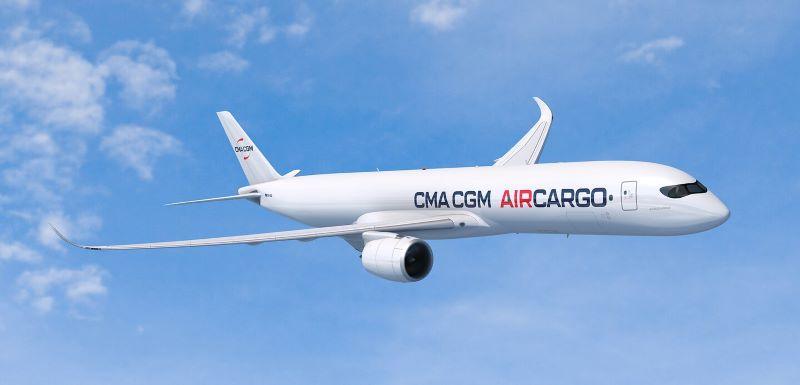
Credit: Airbus S.A.S. 2022
DERBY, England—Buoyed by increasing numbers of Airbus A330 passenger-to-freight (P2F) conversions and the 2021 launch of the A350 freighter variant, Rolls-Royce sees the widebody cargo sector—an area in which it has had a limited presence up until now—as an increasingly important part of its future...
Subscription Required
New Freighter Market Opening Up For Rolls-Royce is published in Aviation Daily, an Aviation Week Intelligence Network (AWIN) Market Briefing and is included with your AWIN membership.
Already a member of AWIN or subscribe to Aviation Daily through your company? Login with your existing email and password
Not a member? Learn how to access the market intelligence and data you need to stay abreast of what's happening in the air transport community.





